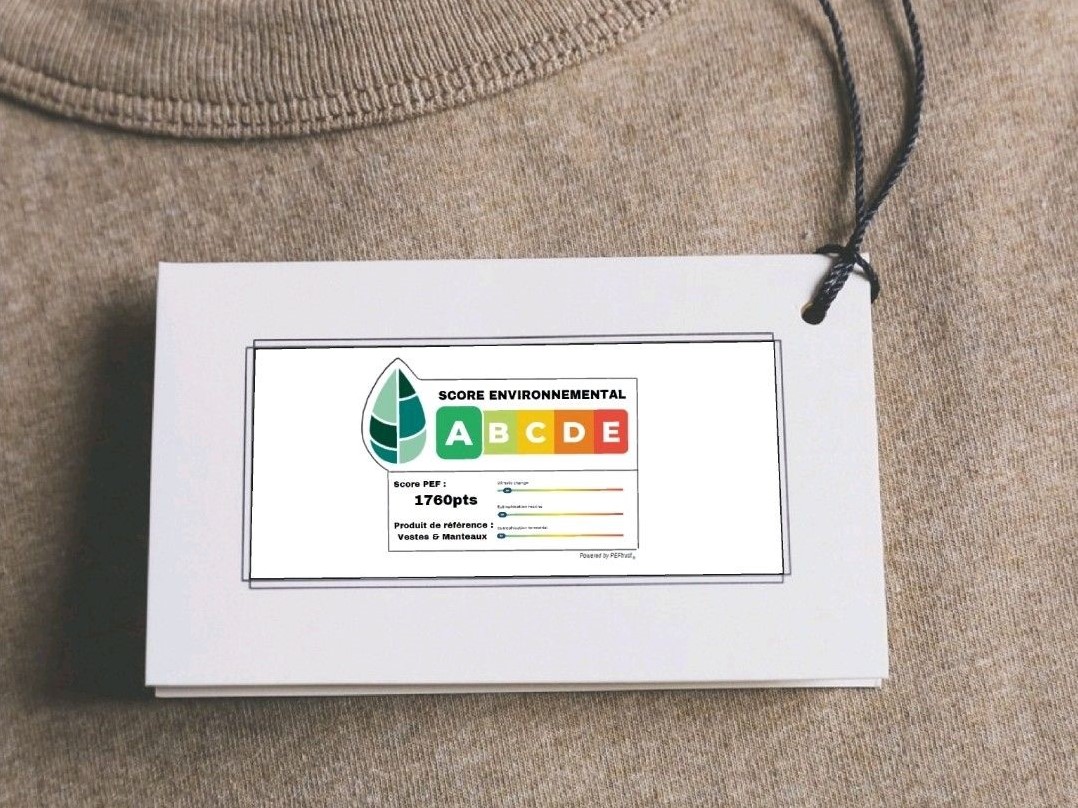Discover the world of product environmental impact assessment in our new article: “Getting Started with Product Environmental Footprint Calculation: Resources, Internal Organization, and More.”
Jumpstart any sustainability journey with our step-by-step guide — an essential read for professionals in product sustainability, whether affiliated with apparel, footwear, or home brands.
This approach takes what we know to be some of the top five prerequisites to lay the foundation for a holistic start to every product life-cycle analysis.

👉🏼 Pre-requisite 1 : Define the scope of your study
Before initiating the environmental footprint calculation project for a textile product, it is essential to establish a well-defined scope that will serve as a guiding framework throughout the whole process.
Here are three key points to consider when getting started:
Define the goal
Launching an environmental assessment isn’t just ticking a box or a formality; it requires a clear purpose. Setting the utility helps define the direction and focus efforts toward achieving specific objectives.
To streamline the process more efficiently, we recommend prioritizing specific tasks for a smoother approach.
For instance, if you are in France, start by ensuring AGEC law compliance, then look for Climat & Résilience law by integrating the environmental impact of your reference on product pages, and ultimately, incorporating eco-design into your upcoming collections.
Each focus could require a different assessment level – that’s why we recommend a step-by-step approach.
Define the quantity
During this stage, you’ll need to establish the number of products for analysis. You have two options to kick off the process: a gradual approach, beginning with a few products and gradually expanding, or a more immediate approach, involving a larger quantity right from the start. The decision hinges primarily on your available data (as mentioned in the next point).
Our SaaS platform equips you to analyze an extensive number of references, almost without limit.
To explore our commercial offers, tailored to the amount you choose and scalable, reach out us via this link.
Definr the type of interpretations and reports
Who is the recipient of the reports? Is it management, investors, or other relevant stakeholders? When is the appropriate time for submitting these reports, and in what format should they be presented? These are vital considerations to tailor the assessment according to the specific requirements.
At Peftrust, we provide all-encompassing solutions that offer detailed dashboards containing crucial product benchmarks, traceability data, and more. It serves as a valuable repository of information, enabling anyone to craft impactful reports..
👉🏼 Pre-requisite 2 : Assess available ressources : data, tools, and more.
There are three distinct types of resources to determine an environmental impact. Evaluating the accessibility and availability of these resources within an organization or infrastructure is crucial.
Assessing available data
The best part of generating an initial product score is that it can begin with minimal data. For example, in our Peftrust tool, all that is needed to get started with your brand name, name of the product, its reference and its composition (what you can find on the composition label).
Weight is not mandatory for the initial assessment because an average weight is furnished by product category. But we recommend to have this data, indeed weight has a huge impact on the score.
Please note that additional data is required if AGEC compliance is the goal. This includes product location (Textile Formation, Dyeing, Confection, Stitching, Assembly, Finishing steps), SVHC (Substances of Very High Concern), and pertinent recyclability information in an evaluation.
Adding this additional data can enhance a score by incorporating more primary data from various value chain stages throughout the evaluation process. The more information added, the more specific and accurate an assessment will be.
Peftrust has introduced a DPR (Data Precision Rating), an advanced system designed to analyze data accuracy.
Through a customized questionnaire, the DPR assesses whether a brand possesses all the mandatory data and determines the achievable level of score quality with the currently available data.
This tool is also accessible to our partner brands, empowering them to conduct evaluations and receive real-time results.
Suppose your current database needs to be stronger. In that case, you’ll need to establish a robust methodology for collecting data from your supply chain or set up a new tool to professionalize, structure and streamline your information gathering (as mentioned in the point 4 & 5).
Assessing available tools
Consider the following questions:
- How is the data collected?
- Has a third party validated the tool for accuracy?
- How frequently is the tool and its database updated?
- Is the tool readily accessible and easily understandable?
- Are tool and product results consolidated in a centralized location?
There are three available operating modes:
- Collect, input, and compile data managed within an organization. Starting a product’s environmental impact calculation can be as straightforward as storing a Bill of Materials (BOM) in a file.
- Gather and consolidate information within a PLM (Product Lifecycle Management) system.
- Implement a traceability tool to reduce the risk of errors, save time, and automate data collection processes.
Incorporating a supply chain traceability solution into an LCA analysis empowers brands to monitor products throughout each stage of their journey closely, simplifying supplier information integration along the LCA process.
Furthermore, integrating a robust Product Lifecycle Management (PLM) solution with an equally strong Life Cycle Assessment (LCA) solution forms a mutually beneficial relationship that enhances the advantages of both approaches.
This synergy enables a comprehensive understanding of a product’s environmental impact. Enhancing decision-making, fostering continuous improvement, and ultimately bolstering the drive toward a more sustainable and resilient business ecosystem.
Assessing available human ressources
Planning and considering the specific tasks at hand are crucial when initiating any environmental footprint calculation. The human resources needed may differ depending on whether the process is conducted internally or if external players are involved in automating specific components.
👉🏼 Pre-requisite 3 : Establish a cross-functional team within an organization.
The assessment of a product’s environmental footprint goes beyond the calculation process.
It represents a substantial project that will influence every department within the company and requires the involvement and support of a dedicated team.
The success of the project relies also on individuals who grasp its significance, embody its core values, and have the capacity to transmit these values.

Depending on the manual entry required by a tool or UX complexity, it might be beneficial to have someone with LCA experience on the team for those in the sustainability or supply chain divisions.
This team can also include members from external traceability or PLM software partners.
Or depending on their connection with their tier 1 suppliers, they might want representatives from their different factories to be involved in various steps along the LCA.
👉🏼 Pre-requisite 4 : Select the correct methodology.
It helps to ask the following questions:
- Does the methodology consider the proposed or established regulations for compliance?
- Has the methodology been recognized or reviewed by a governing body?
- Is the methodology regularly updated and improved? Bonus points if it database behind the methodoly open-sourced.
At Peftrust®, our scoring methodology relies on the PEFCR Apparel & Footwear v1.3 (draft) framework established by the European Comission, encompassing assessment across 16 environmental indicators and under revision for its potential to standardize calculating the environmental impact of products in apparel and footwear. We are following and collaborating closely with the framework’s progression.
For further information, visit the dedicated page that explains the method:
👉🏼 Pre-requisite 5 : It’s time to select the right tool.
For example, if opting for a tool like Peftrust that utilizes the PEF-draft reference framework, here’s a checklist of helpful questions:
1. Has the tool been audited by a third-party verifier for its use of draft PEFCR and the v3.1 database?
2. Is the tool fully automated, or does it require a lot of manual entry?
3. Is it a cradle-to-grave analysis?
4. Does it cover all the 16 impact categories outlined in PEF?
🌍 At Peftrust®, we stand by our clients from start to finish.
Our solution is designed to give them the capability to navigate the complex process of calculating their environmental footprint and understand how to make meaningful improvements to their production.
Through this approach, we can collectively drive significant change toward a more sustainable fashion industry.



